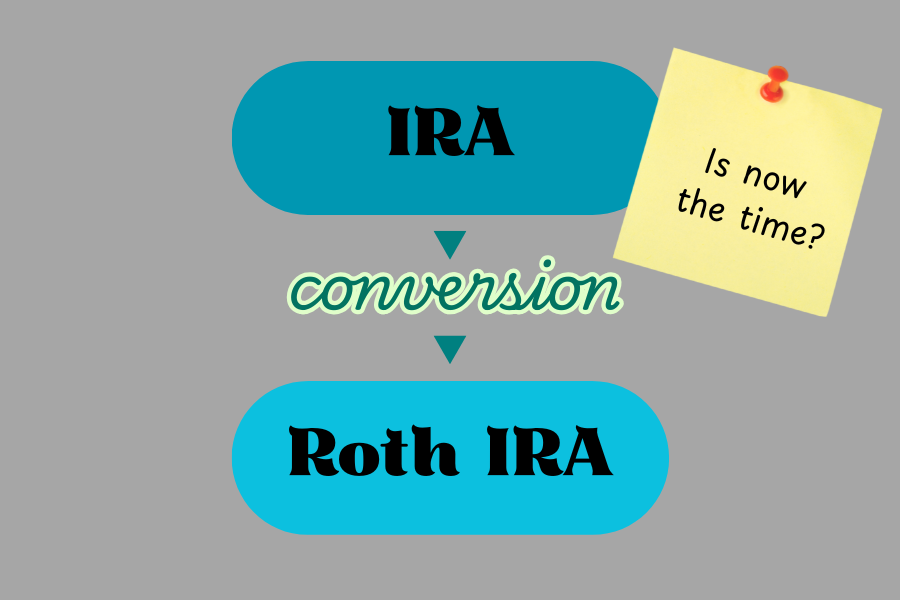
Unlocking the Secret Power of Your HSA: The Ultimate Triple-Tax-Advantaged Retirement Tool
Are you overlooking one of the most powerful retirement planning tools available? If you're only using your Health Savings Account (HSA) for current medical expenses, you might be missing out on its incredible potential as a stealth retirement account.
What Exactly Is an HSA?
A Health Savings Account is a tax-advantaged savings account available to individuals enrolled in high-deductible health plans (HDHPs). While primarily designed for healthcare expenses, an HSA offers remarkable financial benefits that extend well beyond basic medical cost coverage.
What makes an HSA truly exceptional is its unmatched triple tax advantage:
- Tax-deductible contributions - Money you contribute reduces your taxable income
- Tax-free growth - Any interest or investment gains accumulate without taxation
- Tax-free withdrawals for qualified medical expenses - When you use the funds for eligible healthcare costs, you pay zero taxes
No other savings vehicle offers this powerful combination of tax benefits!
The Hidden Retirement Strategy: Your HSA as a "Stealth Retirement Account"
The term "stealth retirement account" has gained popularity among financial planners to describe this lesser-known HSA strategy. While not officially recognized by the IRS, this concept highlights how an HSA can function as a powerful retirement planning tool beyond its intended healthcare purpose.
Here's how to implement this savvy strategy:
Step 1: Max Out Your Contributions
In 2025, individuals can contribute up to $4,150 and families up to $8,300. If you're 55 or older, you can add another $1,000 as a catch-up contribution. Don't leave this tax-advantaged opportunity on the table!
Step 2: Pay Current Medical Expenses Out-of-Pocket
Instead of tapping into your HSA for today's medical bills, pay them with your regular income if your budget allows. This keeps your HSA funds invested and growing tax-free.

Step 3: Save All Medical Receipts
This is the genius part! Meticulously save every medical receipt, even for expenses you paid out-of-pocket. There's no time limit on when you can reimburse yourself from your HSA.
Step 4: Let Your HSA Investments Grow
Once your HSA balance reaches a certain threshold (typically set by your provider), you can invest those funds in mutual funds, stocks, or bonds. This transforms your healthcare savings into a growth-oriented investment account.
Step 5: Reimburse Yourself in Retirement
Years later, when you're in retirement, you can reimburse yourself for all those saved medical expenses from your now-substantial HSA. These withdrawals are completely tax-free, and you can use the money for anything—not just healthcare!
Beyond the Stealth Strategy: Other Retirement Benefits
Your HSA offers additional retirement advantages:
- Medicare Premium Payments: Use HSA funds tax-free to pay for Medicare Part B, Part D, and Medicare Advantage premiums (though not Medigap policies)
- Long-Term Care Coverage: HSA funds can help cover qualified long-term care services and insurance premiums
- Emergency Healthcare Fund: Having tax-free money available for unexpected medical costs provides valuable peace of mind in retirement
The One Drawback to Consider
While HSAs offer tremendous benefits, there is one disadvantage to be aware of: If someone other than your spouse inherits your HSA, they'll need to pay income tax on the entire balance immediately. This creates a higher tax burden compared to inheriting other accounts like brokerage accounts (which receive a step-up in basis) or Roth IRAs (which can be distributed tax-free over time).
However, for unmarried individuals with charitable intentions, this potential drawback creates an excellent planning opportunity. Naming a charity as your HSA beneficiary completely avoids the tax issue since charitable organizations are tax-exempt. While charities would also receive the full value of Roth IRAs or brokerage accounts without taxation, directing your HSA to charity and leaving more tax-advantaged assets (like Roth IRAs) to individual heirs can create a more tax-efficient estate plan overall.
Getting Started with Your HSA Strategy
To maximize your HSA as a retirement tool:
- Ensure you're eligible (enrolled in a qualifying HDHP)
- Contribute the maximum amount allowed each year
- Invest your HSA funds once you have sufficient cash reserves for immediate needs
- Maintain meticulous records of all qualified medical expenses
- Consider consulting with a financial advisor to integrate your HSA strategy with your overall retirement plan

The Bottom Line
Your HSA isn't just for healthcare—it's potentially the most tax-efficient retirement account available. By understanding its unique advantages and implementing the "stealth retirement account" strategy, you can transform this healthcare savings vehicle into a powerful cornerstone of your retirement planning.
Start maximizing your HSA today, and your future self will thank you for unlocking this secret weapon in your retirement arsenal!
This blog post is intended for educational and informational purposes only. The views expressed are solely those of the author and do not represent professional financial advice. While every effort has been made to ensure the accuracy of the information presented, it should not be relied upon as a substitute for individualized advice from a qualified financial advisor. Financial decisions are complex and personal, and readers are strongly encouraged to conduct their own due diligence and seek professional guidance before making any investment or financial planning choices.
- Chris Maggio, Founder, Retirement Planning Partner, Kirkland, WA—providing fee-only retirement planning to clients in Seattle and across the US.


